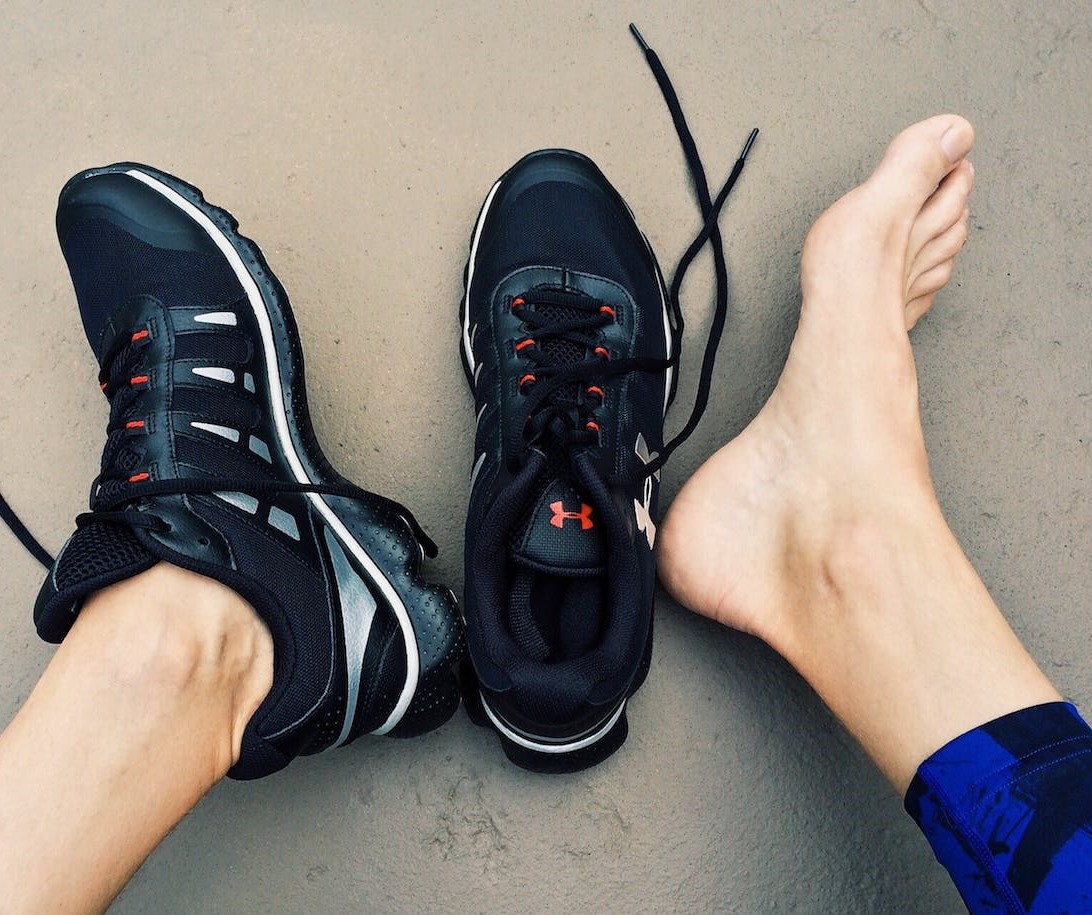Schedule An Appointment With Us
Are Your Symptoms Affecting Your Quality Of Life?
Consult our MOH-accredited orthopaedic surgeon for an accurate diagnosis & personalised treatment plan.
MBBS
MRCSEd
MMED (Ortho)
FRCSEd

Hallux rigidus, also known as stiff big toe, is a medical condition characterised by arthritis in the metatarsophalangeal (MTP) joint at the base of the big toe. The articular cartilage within this joint undergoes damage, leading to increased stress upon loading the joint. This can lead to a stiff and painful big toe.
The condition tends to develop gradually, often beginning with mild pain and stiffness, particularly during activities such as walking or standing for prolonged periods. As it advances, the range of motion in the big toe becomes increasingly limited, affecting gait and potentially causing strain on other areas of the body.
The development of hallux rigidus can be attributed to several factors:
The symptoms and signs of hallux rigidus are diverse and tend to evolve as the condition progresses.

The process of diagnosing hallux rigidus involves a combination of clinical assessment and imaging.
There are several non-surgical approaches to managing hallux rigidus, aimed at alleviating pain and improving joint function.
Orthotic Devices |
Foot specialists may suggest using custom-made orthotic inserts or specially designed footwear. This can provide better support and distribute pressure more evenly across the foot, easing stress on the big toe joint. |
Physical Therapy |
Physical therapy may aid in enhancing joint flexibility and strength, which could help in reducing symptoms and possibly delay the need for more invasive treatments. |
Pain Relievers and Anti-Inflammatory Medications |
Over-the-counter medications can be effective in reducing pain and inflammation in the affected joint. |
Corticosteroid Injections |
These injections can provide temporary relief by decreasing inflammation and pain in the joint. |
Platelet-Rich Plasma (PRP) Therapy |
This treatment involves using a patient’s blood, rich in growth factors, to promote healing and pain reduction in the affected area. |
When non-surgical treatments are insufficient in managing hallux rigidus, surgery may be considered. The choice of surgical procedure depends on the severity of the condition and the patient’s overall health.
This procedure involves the removal of bone spurs and part of the metatarsal bone to create more space for the big toe to bend. It is usually considered for mild to moderate arthritis.
In cases of severe arthritis, arthrodesis may be performed. This procedure involves removing the damaged cartilage and fusing the bones of the joint. While this results in a loss of motion in the joint, it can help alleviate pain.
This procedure removes the damaged bone in the MTP joint and replaces it with a spacer made of donor tissue or synthetic material. This allows for some movement in the joint.
Schedule An Appointment With Us
Consult our MOH-accredited orthopaedic surgeon for an accurate diagnosis & personalised treatment plan.
Though completely preventing hallux rigidus might not always be feasible, adopting certain strategies can help reduce the risk or slow the progression of the condition.

MBBS
MRCSEd
MMED (Ortho)
FRCSEd
With over 18 years of experience, Dr Poh Seng Yew is an orthopaedic surgeon specialising in hip, knee, shoulder and elbow surgery, sports medicine, and trauma surgery.




Weekdays: 9.00am – 5.00pm
Saturdays: 9.00am – 1.00pm
Sundays and Public Holidays: Closed
Please leave us a message, and we will be in touch with you shortly.
When left untreated, hallux rigidus may progress, potentially leading to increased pain, stiffness, and limitations in movement. These symptoms can affect daily activities and mobility. Timely consultation with a foot specialist can help manage the condition to reduce the risk of these complications.
While hallux rigidus, a form of arthritis, cannot be completely cured, its symptoms can be managed through various treatment methods. Depending on the severity, management can range from conservative methods like physical therapy and orthotics to surgical interventions. Early diagnosis and treatment can improve outcomes and quality of life.
Exercises aimed at maintaining or improving flexibility and strength in the big toe can be beneficial. These may include toe stretches, toe lifts, and resistance exercises. Consult a foot specialist for a tailored exercise regimen that safely addresses your individual needs.
Massage therapy can help alleviate some symptoms of hallux rigidus by improving circulation and reducing stiffness. Techniques may include gentle manipulation and rubbing of the toe and foot area. Seek guidance from a foot specialist to ensure the massage technique is appropriate for your specific condition.
While hallux rigidus itself is a form of localised arthritis and does not spread, it can lead to complications in other parts of the body if not treated. It may lead to compensatory gait changes, potentially causing stress and discomfort in other foot areas, ankles, knees, and hips. Consult a foot specialist for help in managing the condition and preventing secondary complications.